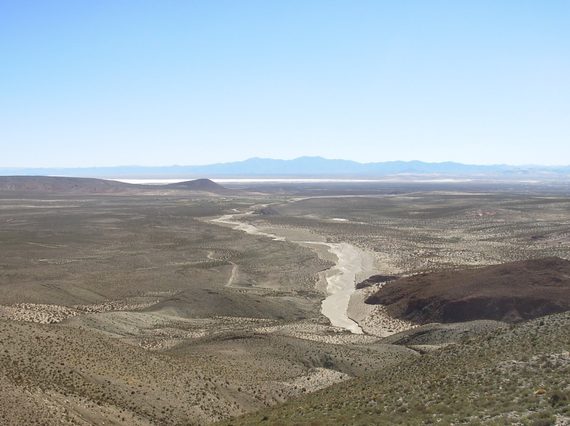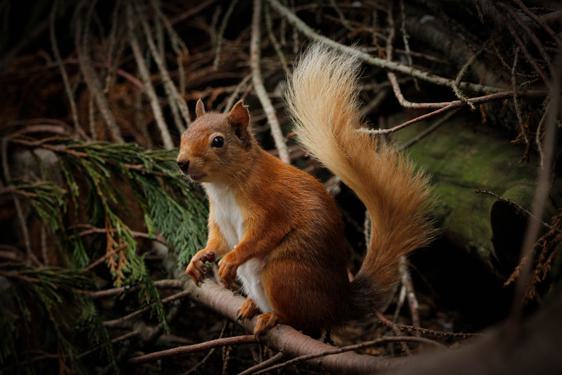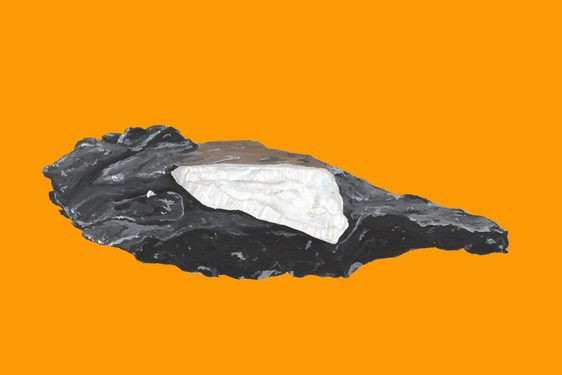
Rocks and the Rise of Ordovician Life
This is a collaborative project that aims to better understand the dynamics of biodiversification during the Early Palaeozoic (a time span ranging between -500 and -470 million years ago).
Last updated: 12 March 2025
About the project
For the past 25 years, major evolutionary events such as the ‘Cambrian Explosion’ and the ‘Great Ordovician Biodiversification Event’ have been investigated through various research projects and regarded as distinct evolutionary events. However, the data used was strongly biased towards a limited number of geographic areas (Europe, North America). The present research aims, through a multidisciplinary approach and by bringing together an array of international specialists, to question this hypothesis by investigating and filling the numerous knowledge gaps related to the various aspects of the Ordovician biodiversification.
- Project title
Rocks and the Rise of Ordovician Life: Filling knowledge gaps in the Early Palaeozoic Biodiversification
- Project active
2021 - 2025
- Research theme
Sustainability
- Project blog
Contributors
Dr Yves Candela - National Museums Scotland – Edinburgh, Scotland
Dr Bertrand Lefebvre - Université Claude Bernard – Lyon, France
Prof Khadija El Hariri - Université Cadi Ayyad – Marrakech, Morocco
Dr Mansoureh Ghobadi Pour - Golestan University – Gorgan, Iran
Dr Elena Raevskaya - Russian Geological Survey – Saint-Petersburg, Russia
Dr Oive Tinn - University of Tartu – Estonia
Dr Beatriz Waisfeld - National University of Córdoba – Argentina
Dr Wenhui Wang - Central South University – Changsha, China
Publications
Candela Y., Harper D.A.T. & Mottequin B. 2025. Ordovician (Darriwilian–Katian) brachiopods from the southeastern margin of Avalonia (Condroz Inlier, Belgium). Rivista Italiana di Paleontologia e Stratigrafia131 (1): 213-239. https://doi.org/10.54103/2039-4942/26428
Candela, Y., Harper, D.A.T. & Mergl, M. 2024. The brachiopod faunas from the Fezouata Shale (Lower Ordovician; Tremadocian-Floian) of the Zagora are, Anti-Atlas, Morocco: evidence for a biodiversity hub in Gondwana. Papers in Palaeontology 10 (5): e1592. https://doi.org/10.1002/spp2.1592
Saleh, F., Vaucher, R., Vidal, M., El Hariri, K., Laibl, L., Daley, A.C., Gutiérrez-Marco, J.C. Candela, Y., Harper, D.A.T., Ortega-Hernández, J., Ma, X., Rida, A., Vizcaïno D. & Lefebvre, B. 2022. New fossil assemblages from the Early Ordovician Fezouata Biota. Scientific Reports 12: 20773. https://doi.org/10.1038/s41598-022-25000-z
Thompson, J.R., Cotton, L.J., Candela Y., Kutscher, M., Reich, M. & Bottjer, D.J. 2022. The Ordovician diversification of sea urchins: systematics of the Bothriocidaroida (Echinodermata: Echinoidea). Journal of Systematic Palaeontology 19: https://doi.org/10.1080/14772019.2022.2042408
Candela, Y. & Mottequin, B. 2022. Tremadocian and Floian (Ordovician) linguliformean brachiopods from the Stavelot–Venn Massif (Avalonia; Belgium and Germany). Geologica Belgica 25: https://popups.uliege.be/1374-8505/index.php?id=6958
Candela Y., Marion J.-M., Servais T., Wang W., Wolvers M. & Mottequin B. 2021. New linguliformean brachiopods from the lower Tremadocian (Ordovician) of the Brabant Massif, Belgium, with comments on contemporaneous faunas from the Stavelot–Venn Massif. Rivista Italiana di Paleontologia e Stratigrafia 127(2): 383-395. https://doi.org/10.13130/2039-4942/15793
We also strive to encourage participation of ‘emerging’ countries through enhanced collaboration, field work, educational and outreach programmes together with workshops.
To date 227 scientists representing 44 countries are participating to our project.
Project contact
Dr Yves Candela
Supported by
Lead image: Ordovician outcrops at the westernmost foot of the Cordillera Oriental, western Argentina. © Dr. Beatriz G. Waisfeld, National University of Córdoba
Natural Sciences news and stories
- Discover

Scotland's native wildlife
Scotland is home to a wide variety of wildlife. Among the most recognisable species are red deer, which are monarchs of the glen, standing proud and majestic against the skyline.Scotland is home to over 90,000 species. The land, seas, and… - Discover

Meet ‘Lizzie’, a 345 million year old fossil
In the 1980s, a very important fossil was discovered in Scotland. Named Westlothiana, the fossil got its nickname 'Lizzie' because it looked so lizard-like. But don't let the name fool you. It was thought to be the oldest known reptile,… - Discover

The folky tale of the mineral tacharanite
This mineral got its name from how it behaves when exposed to air, but with a Scottish folkloric twist!Tacharanite occurs in nature as bundles and little spheres of silky white fibres in altered basalt rocks. It's found in several…
